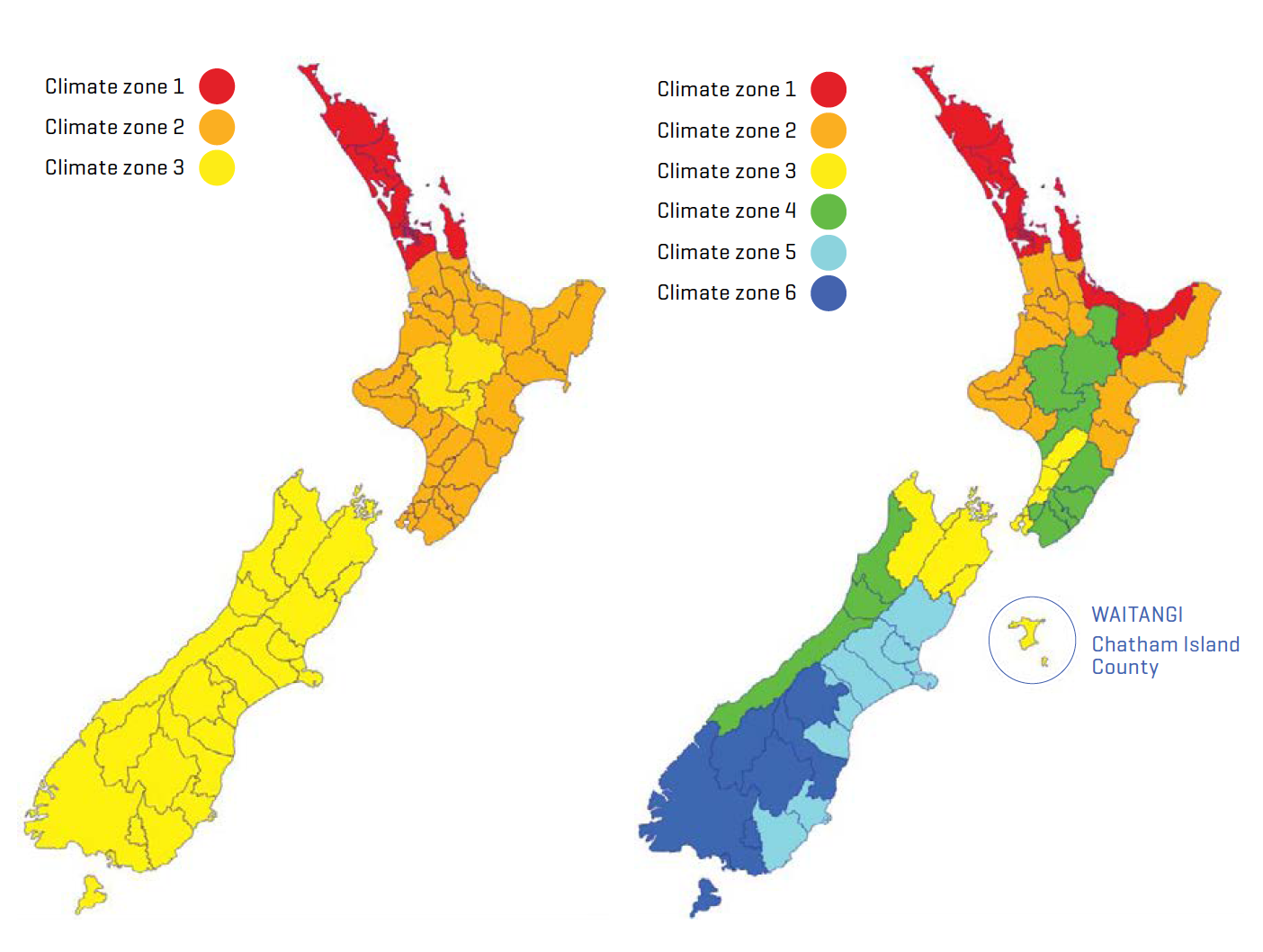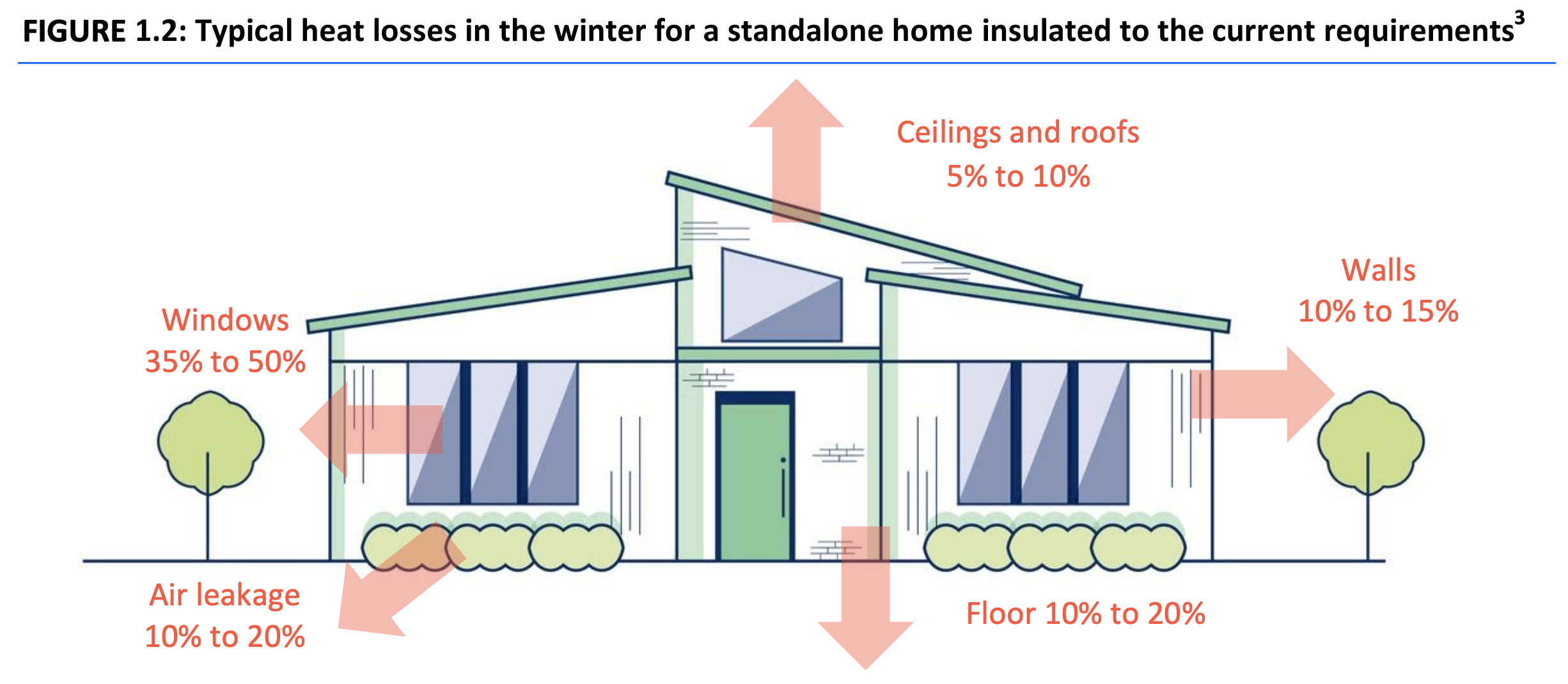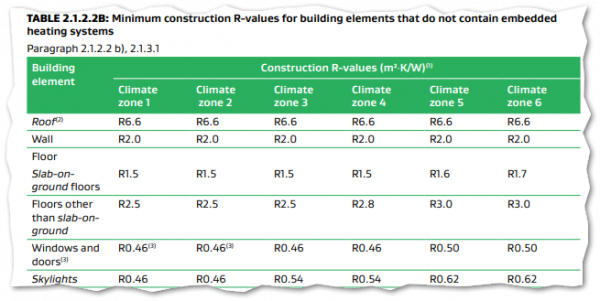How the Building Code changes affect prefab homes
You may have heard the news that the New Zealand Building Code is changing. As these are some of the biggest advancements to the Building Code in over a decade, we thought it best to share with you what these changes are, how they impact our prefab homes, and how they affect you.
The predominant changes coming into effect are around insulation or H1 Energy Efficiency, with the biggest advancements being to ceiling and window insulation. The Ministry of Business, Innovation and Employment (MBIE) are upping insulation levels in order to make New Zealand homes warmer, drier, and healthier – protecting the health and wellbeing of our whānau and tamariki, and in turn, caring for our environment. What the new rules will be however, will vary depending on the climate zone you are located.
New Zealand climate zones
Originally the country had been divided into three climate zones with the warmest zone (climate zone 1) spanning Northland and Auckland, zone 2 covering the remaining North Island regions but excluding the Central Plateau, and the final zone, climate zone 3 covering the South Island in its entirety and the Central Plateau as the coldest regions.
These zones have since been reviewed and fine tuned to now identify six separate zones that better reflect the climate experienced in New Zealand regions. The warmest areas (climate zones 1 and 2) span Northland, Auckland, and the majority of the North Island, followed by climate zones 3 and 4 which include the Central Plateau, Wellington, Manawatū, Nelson, Marlborough, and the West Coast. Finally, the coldest areas, climate zones 5 and 6, cover the remaining South Island regions. Old vs. New Climate Zones, MBIE - Building Code Update 2021
Old vs. New Climate Zones, MBIE - Building Code Update 2021
North Island
With the North Island encompassing the warmest of the climate zones, the Building Code changes to the North Island are significantly less intense than the changes that will impact the South Island. For most North Island new builds, an interim increase will occur between November 2022 to November 2023.
South Island
As a South Island-based business, the changes coming to the South Island are the changes that will most impact Genius Homes customers. These changes will see the biggest R-value increases and will come into effect for South Island new builds sooner than those in the North Island, as zones 3-6 must be compliant with the new changes by November 2022.
What is an R-value?
An R-value is an insulation or thermal resistance rating. A higher rating means better prevention of heat conduction, reducing the need to heat your home in winter, or cool it in summer. A home is susceptible to thermal loss or gain in different ways and to achieve adequate thermal performance throughout the home, different insulation elements need to be carefully considered to achieve the right balance.
 MBIE - Building Code Update 2021
MBIE - Building Code Update 2021
Across the board there will be an increase in R-values for ceiling, wall, floor, and window insulation, impacting all residential new builds or any new build under 300sqm. We break down what these changes will look like below.
Ceiling, floor, and wall insulation
Wall insulation will experience the smallest degree of change due to the design and supply complexities that arise when significant changes are made to wall insulation and wall depth.
However, as the ceiling is one of the simplest and most cost-effective ways to increase insulation in a home, the R-value for ceiling insulation will almost double. Roof insulation will now require R6.6 roof insulation and R2.0 wall insulation throughout each of the climate zones (see chart below).
Floors of new dwellings, such as prefabs that don’t have slab-on-ground foundations, will now require R3.0 for South Island homes.
 MBIE - Building Code Update 2021
MBIE - Building Code Update 2021
Window insulation
As windows remain the most susceptible element to heat loss and gain, they’ll be experiencing the biggest changes. Glass insulation will increase throughout the country, so that standard double-glazing will no longer be an acceptable minimum. And since upping the glass is only getting you halfway there to achieving effective insulation in windows, better joinery insulation technology for the colder climates will also be required.
- Zones 1 & 2 will require R0.37 by November 2023: This can be achieved with argon-filled, or low-E double glazing with a thermal spacer.
- Zones 3 & 4 will require R0.46 by November 2022: This can be achieved with the same argon-filled, or low-E double glazing with a thermal spacer but will also require window frames to be better insulated and can be achieved with thermally broken aluminium joinery.
- Zones 5 & 6 will require R0.50 by November 2022: This can be achieved through window solutions such as thermally broken aluminium frames, timber, or uPVC framing paired with argon-filled double-glazing, or high-performance low-E glass with thermally improved spacers.
How the Building Code changes affect you
To comply with the new insulation changes, all Genius Homes prefab homes currently on the production line are already being built to comply with the upcoming changes in preparation of the November 2022 deadline.
To maintain consistency across our range and ensure our prefabs continue to be built in the most efficient way, the entire Genius Homes prefab range will be built to the insulation standards required for zones 5 and 6.
For those located in Nelson, Marlborough, or the West Coast, this will mean a new prefab home from Genius Homes will actually exceed the minimum standard of your regions. This comes at a benefit to you however, as you’re essentially future-proofing your home by giving it the highest quality insulation solutions, keeping your home warm and dry all year round. It’ll likely positively impact the home’s long-term resale value too.
Will the Building Code changes impact cost?
With material costs already on a steady incline, and now with the boost in insulation technology, it’s only natural that the cost of building will continue to rise for the foreseeable future. But while the new insulation requirements will raise the initial costs, it’s important to note the benefits that will come as a result. Officials are saying the advancements to the rules will reduce the need to heat and cool a home by up to 40%, which will dramatically reduce ongoing power bills, and boost the health and wellbeing of residents – a saving in both energy costs and health that over time will balance out the higher prices the industry is faced with now.
The take home message is; the Building Code is changing drastically, but we’ve got it sorted! All of our prefab homes meet the new insulation levels required for South Island regions, and will now be warmer and drier than ever before.
If you have any questions or concerns about the Building Code changes and how they impact your upcoming projects or future plans, contact Genius Homes. Our team are happy to answer any queries you might have.

